-
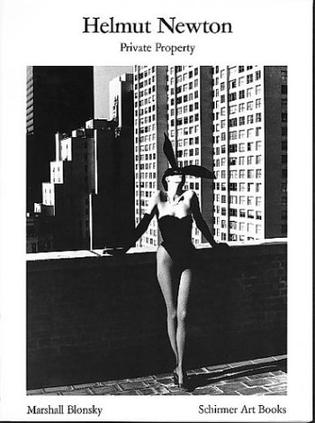
Helmut Newton
Through their inimitable mixture of eroticism, subdued elegance and decadent luxury, Newton's pictures reflect in the highest aesthetic quality an obsession with human vanity - from female exhibitionism to male voyeurism. With technical perfection, an extremely detailed style and a relentless directness, Newton staged the neverending psychodrama that contrasts glamour with the need for admiration, self-confidence with the desire for self-presentation, and Eros with Thanatos. Private Property was originally a three-part portfolio containing 45 b&w photographs. It includes Newton's best work from the period 1972-1983 - an exquisite assortment of fashion shots, portraits and erotic motifs which are all based on real location and luxurious lifestyles. The entire sequence of pictures from the Private Property portfolio is included in our book which first appeared in 1989. -

Art Photography Now
In the previous century, photography helped shape art; in the current one, it has begun to dominate it. Not only are major international museums and galleries mounting blockbuster exhibitions, but art photographers are also being celebrated as contemporary masters and their work commands unprecedented prices. This indispensable survey presents the work of 76 of the most important and best-known art photographers in the world: Andreas Gursky, Thomas Struth, Cindy Sherman, Jeff Wall, Sophie Calle, Wolfgang Tillmans, Nan Goldin, Martin Parr, Allan Sekula, Boris Mikhailov, Inez van Lamsweerde, Stephen Meisel, Philip-Lorca diCorcia, Sam Taylor-Wood, and many more are featured in its pages. Susan Bright, former Curator of Photographs at London's National Portrait Gallery, has organized the book into seven sections--City, Portrait, Document, Object, Landscape, Fashion, and Narrative--and provides an introductory essay for each. Along with each photographer's works, presented in sequence within those divisions, Bright's commentaries provide context and depth, and quotations from the artists themselves offer valuable insights into the motivation, inspiration, and intentions behind the work. Following in the tradition of Photography Past/Forward: Aperture at 50 and the Photography Speaks series, this volume will become an essential resource for curators, collectors, scholars, practitioners, and anyone who wants comprehensive, up-to-date exposure to the state of the medium today. -
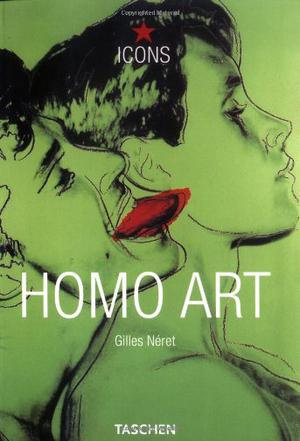
Homo Art
From phallic statues and racy antique urns to homoerotic etchings and orgiastic paintings, the pieces portrayed in this eclectic collection of images pay homage to men—and men on men—via a very special voyage through the history of art. -
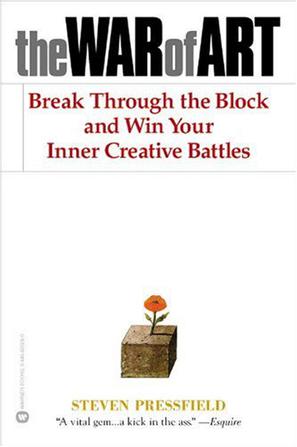
The War of Art
The Art of War meets "The Artist's Way" in this no-nonsense, profoundly inspiring guide to overcoming creative blocks of every kind. -
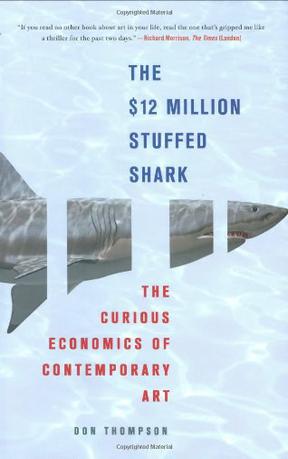
The $12 Million Stuffed Shark
Why would a smart New York investment banker pay $12 million for the decaying, stuffed carcass of a shark? By what alchemy does Jackson Pollock’s drip painting No. 5, 1948 sell for $140 million? Intriguing and entertaining, The $12 Million Stuffed Shark is a Freakonomics approach to the economics and psychology of the contemporary art world. Why were record prices achieved at auction for works by 131 contemporary artists in 2006 alone, with astonishing new heights reached in 2007? Don Thompson explores the money, lust, and self-aggrandizement of the art world in an attempt to determine what makes a particular work valuable while others are ignored. This book is the first to look at the economics and the marketing strategies that enable the modern art market to generate such astronomical prices. Drawing on interviews with both past and present executives of auction houses and art dealerships, artists, and the buyers who move the market, Thompson launches the reader on a journey of discovery through the peculiar world of modern art. Surprising, passionate, gossipy, revelatory, The $12 Million Stuffed Shark reveals a great deal that even experienced auction purchasers do not know. -
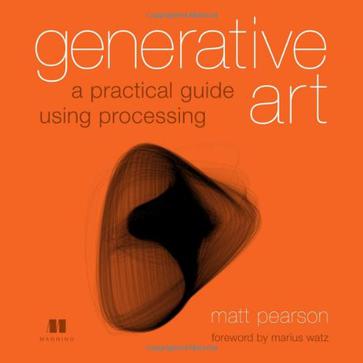
Generative Art
Artists have always explored new media, and computer-based artists are no exception. Generative art, an emerging technique where print or onscreen images are created by use of computer algorithms, finds the artistic intersection between programming, computer graphics, and individual expression. Generative Art presents both the technique and the beauty of algorithmic art. In it, you'll find dozens of high-quality examples of generative art, along with the specific programmatic steps author and artist Matt Pearson followed to create each unique piece. The book includes concise tutorials for each of the technical components required to create the book's examples, and it offers countless suggestions for how you can combine and reuse the various techniques to create your own works.